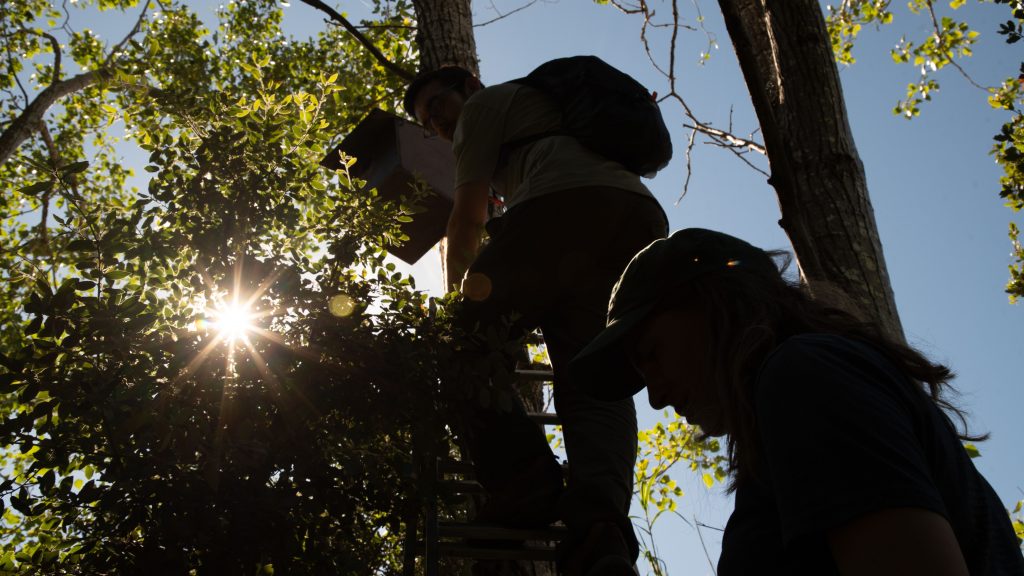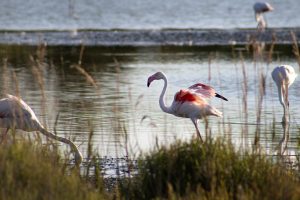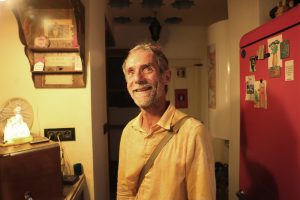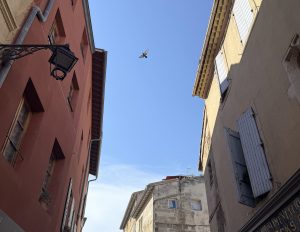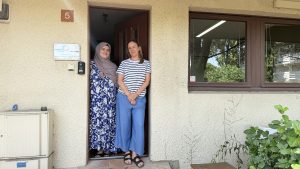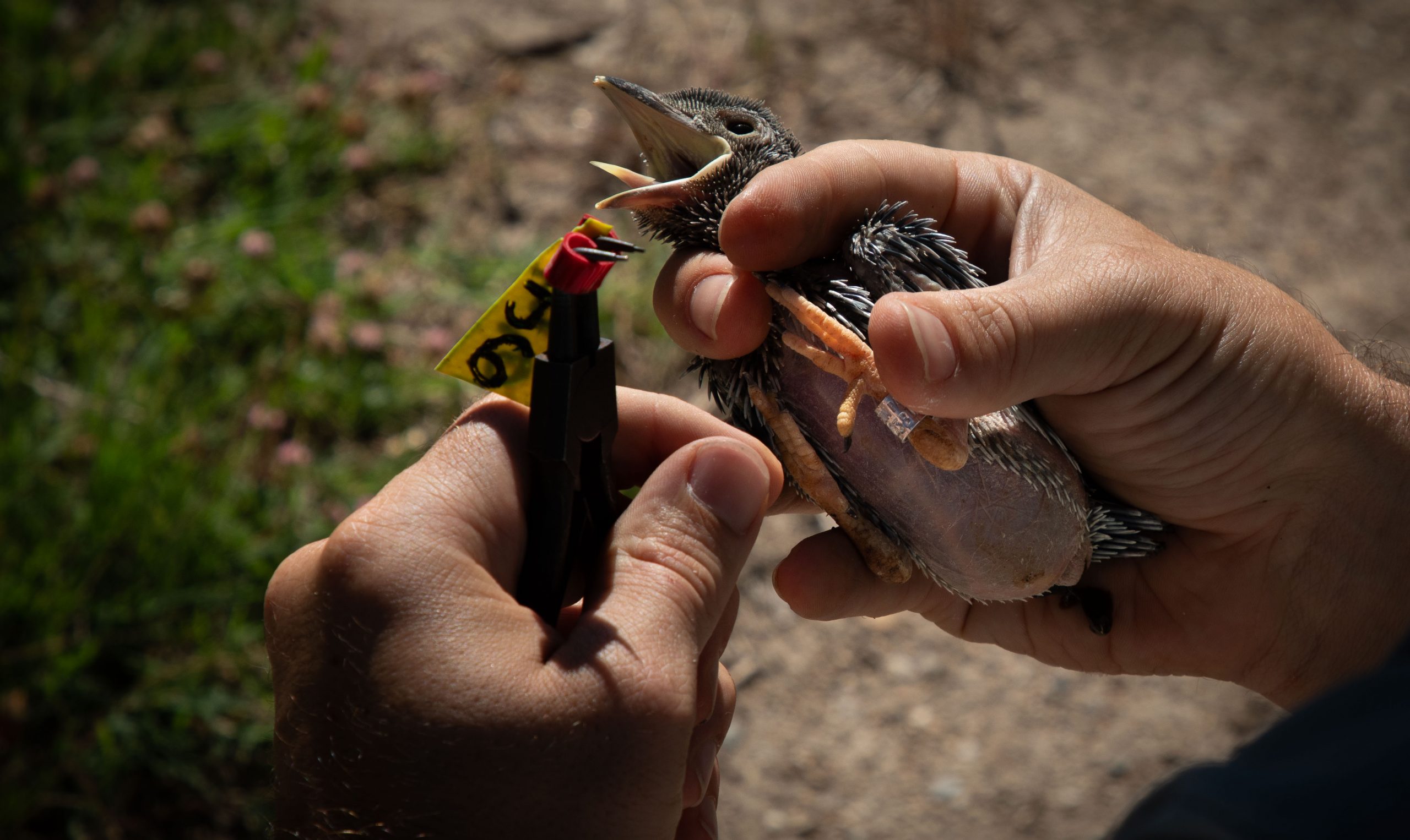
Text by McCade Hayes
Photos by Autumn DeGrazia
In the heat of July in a rural region of Arles, France, a team of A Rocha bird conservationists tread past pastures of bulls raised for the arena and through fields of sunflowers. The footing is rough, especially encumbered by a ladder and backpacks full of equipment.
The conservationists walk toward one of their small nest boxes in order to ring a group of adolescent European rollers as part of their ongoing study. A Rocha is an international Christian organization working on nature preservation and environmental education. Within Arles, A Rocha is working on a project focused on the study of the European roller, a stocky blue and brown bird that has experienced decreasing populations throughout the region.
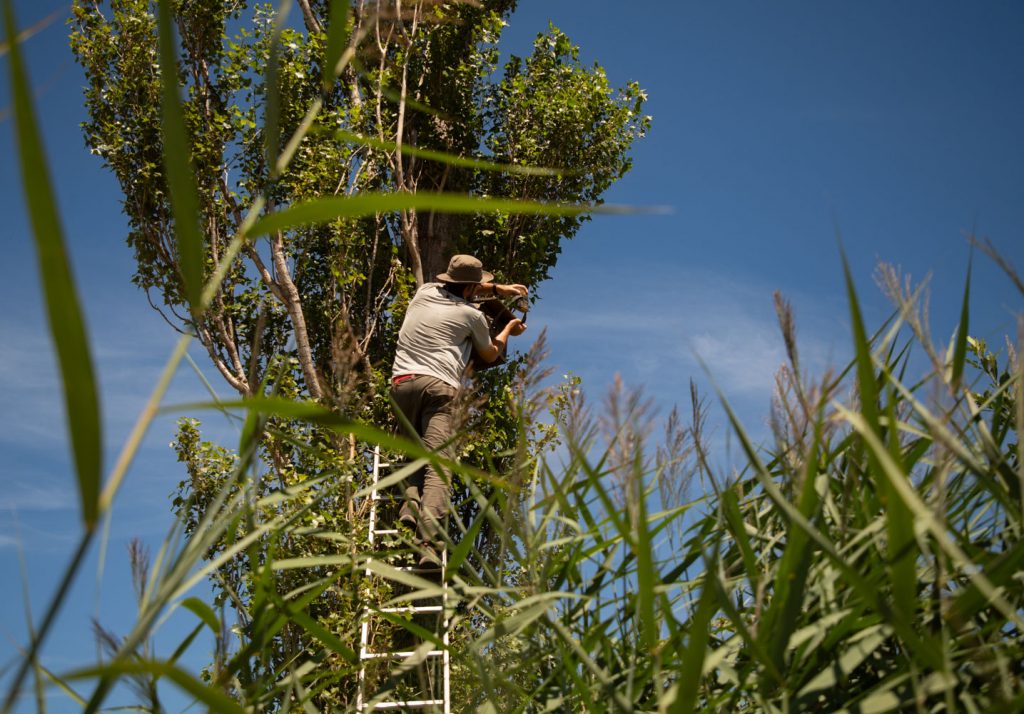
A Rocha is actively working in more than 20 countries around the world, preserving the environment with the motivation of Christian ideals and the hard work of conservationists who come from all different cultures. The prevalence of Christian ideals changes the mindset of conservation workers with A Rocha.
“Joining our faith with our work is a privilege,” said Timothée Schwartz, the scientific director of A Rocha France. “It’s super motivating that we can do what we love to do and with a higher purpose.”
That motivation gives volunteers a shift in thought about the goal of their work in the first place.
“I feel like working for A Rocha is more of a mission, so we don’t expect big salaries,” Schwartz said. “We get the satisfaction of doing the work.”
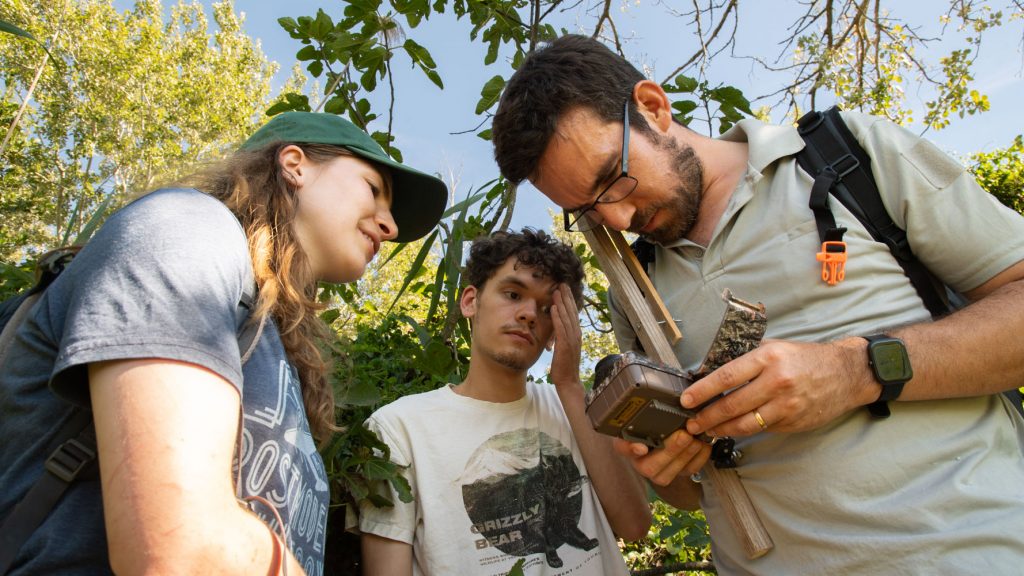
A Rocha has two locations in France. The main office is located in the Domaine des Courmettes, located between Grasse and Vence. This site in the southeast corner of France focuses on education and awareness of climate issues, while also managing the preservation of 600 hectares of land. The Domaine des Courmettes’ doors are open to tourists and curious minds wanting to learn more about ecology in the south of France.
The second location, Mas Mireille, is located 20 minutes from the city center of Arles. This location is dedicated to scientific research mostly on the European roller, but also extending to butterflies, dragonflies, spiders and reptiles. This research center covers 2,000 hectares of land, with bird boxes used to track habitats. Mas Mireille’s projects are funded through public donations, government grants and university funding.
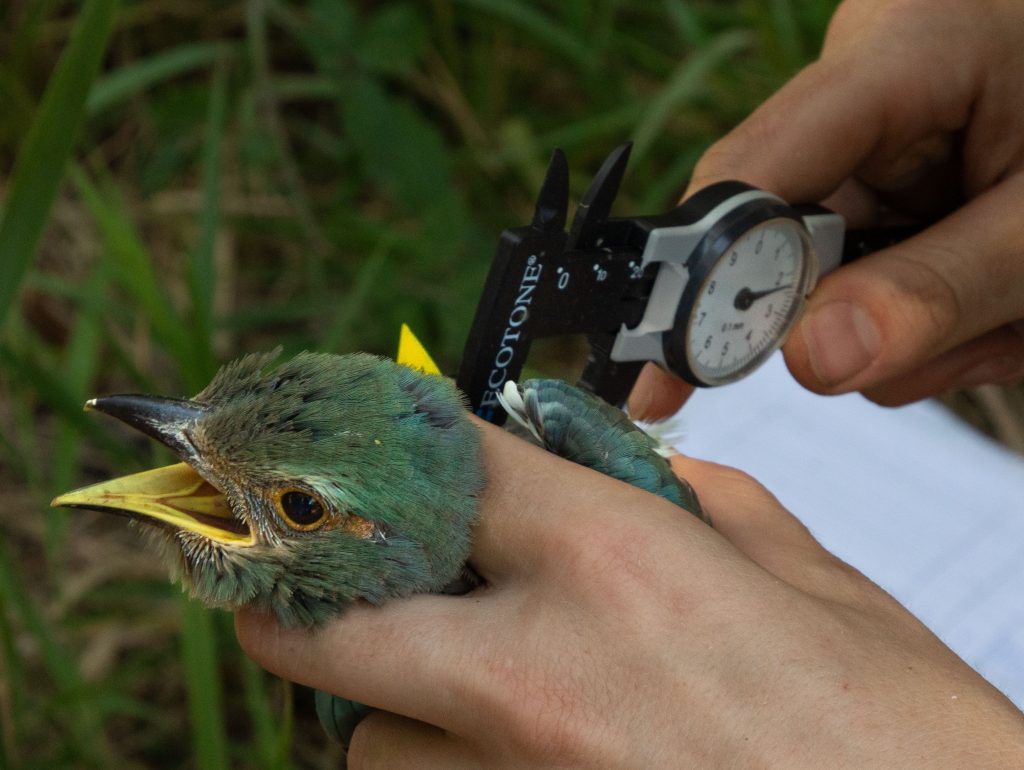
Schwartz focuses primarily on the European roller at the Mas Mireille center. The rollers are classified as sit-and-wait-hunters. The parents hunt by sitting atop tall perches such as trees or telephone poles, looking for insects or small lizards to swoop down on before returning to their nests to feed their babies. After hatching, the roller takes on average 30 days to fledge, and then leaves the nest.
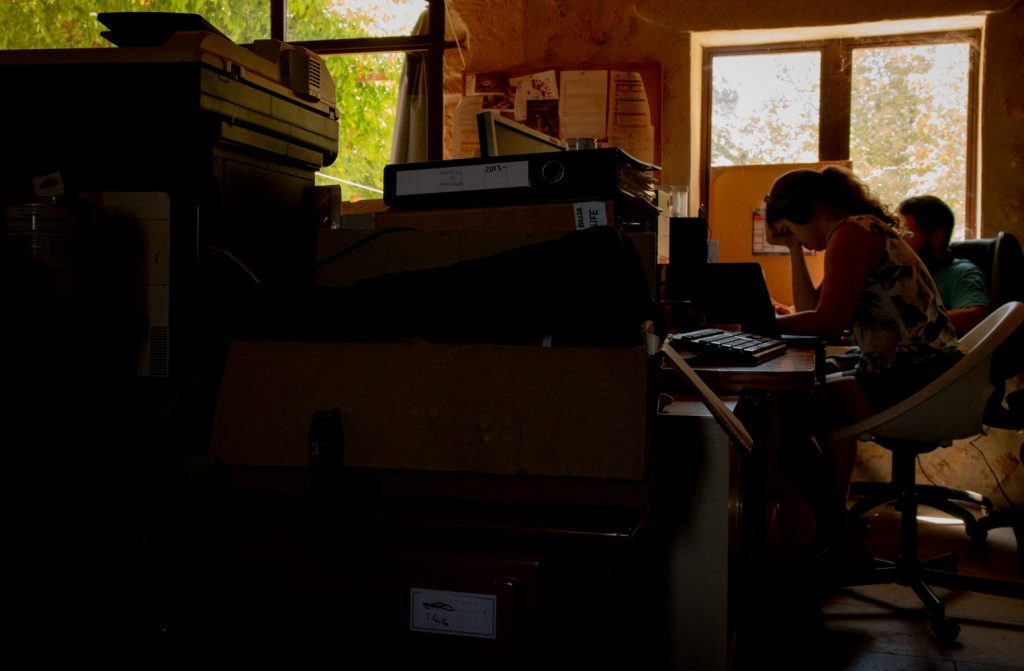
The research Schwartz leads largely consists of ringing the species and analyzing the data from monitoring migration patterns with their tags. Ringing is a process for researching bird migration patterns or population numbers where a small ring is placed around the leg of the bird with a specific number so that the bird can be later identified by spotters.
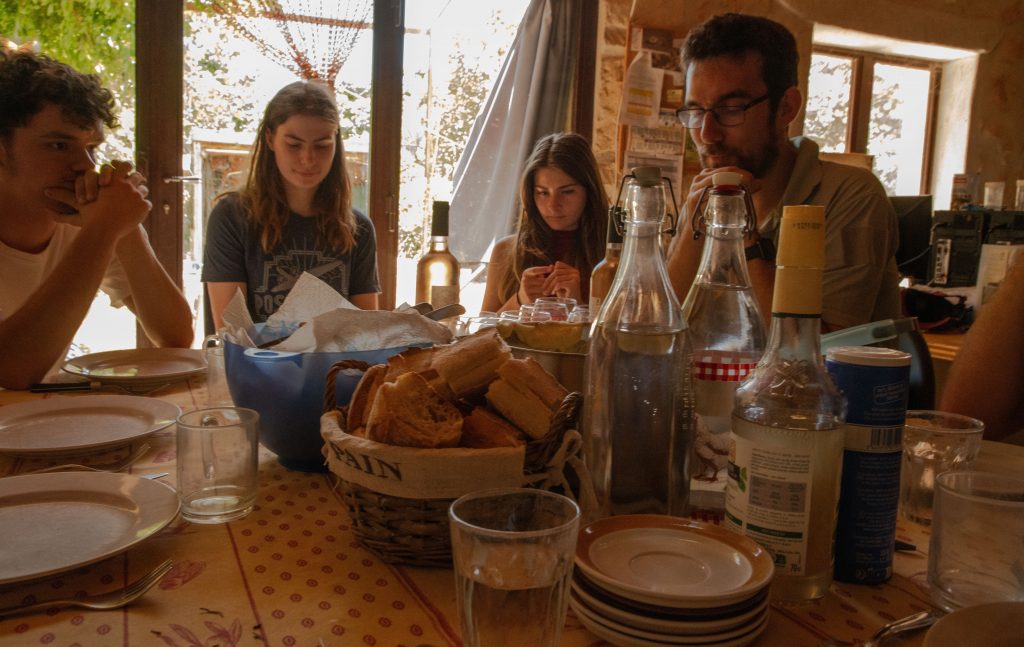
Volunteers are able to identify the roller using the rings in combination with motion-sensor cameras. By identifying the roller, A Rocha is able to track whether or not the birds are returning to their native nests.
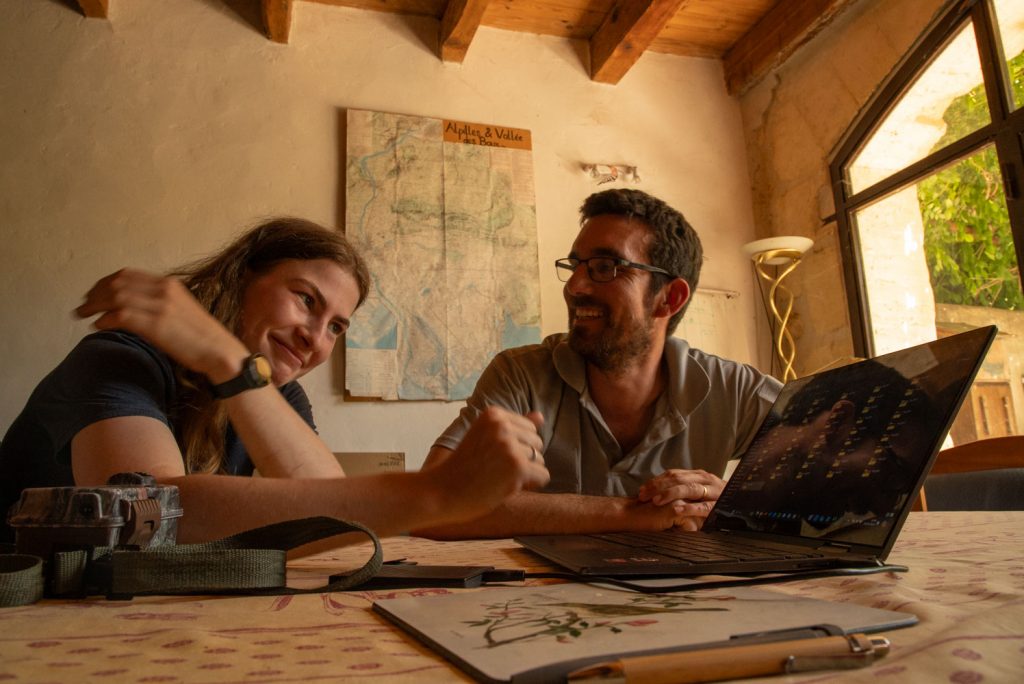
For volunteers, working with A Rocha can be a great way to get field experience as a conservationist while also learning about the actual scientific process of conservation.
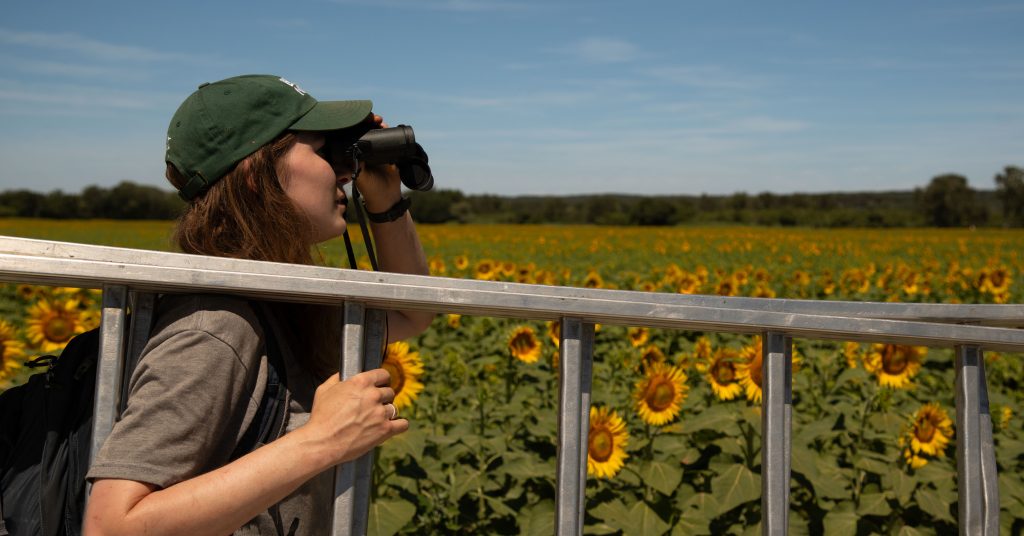
“Ringing the birds, being a part of that process, is a lot of fun,” said Emily Walker, a volunteer for A Rocha Mas Mireille. “Having the opportunity to be a part of such a unique research project like this is very cool. There’s a very small number of people in this world who have actually been able to hold a roller. It’s a big privilege.”
The rollers are now currently threatened. The species has declining population numbers, with a 20% population decrease across Europe. The largest threats facing rollers in the modern day are shrinking habitat areas and poaching. Poachers often steal fledglings from their nest boxes and sell them on the black market as pets.
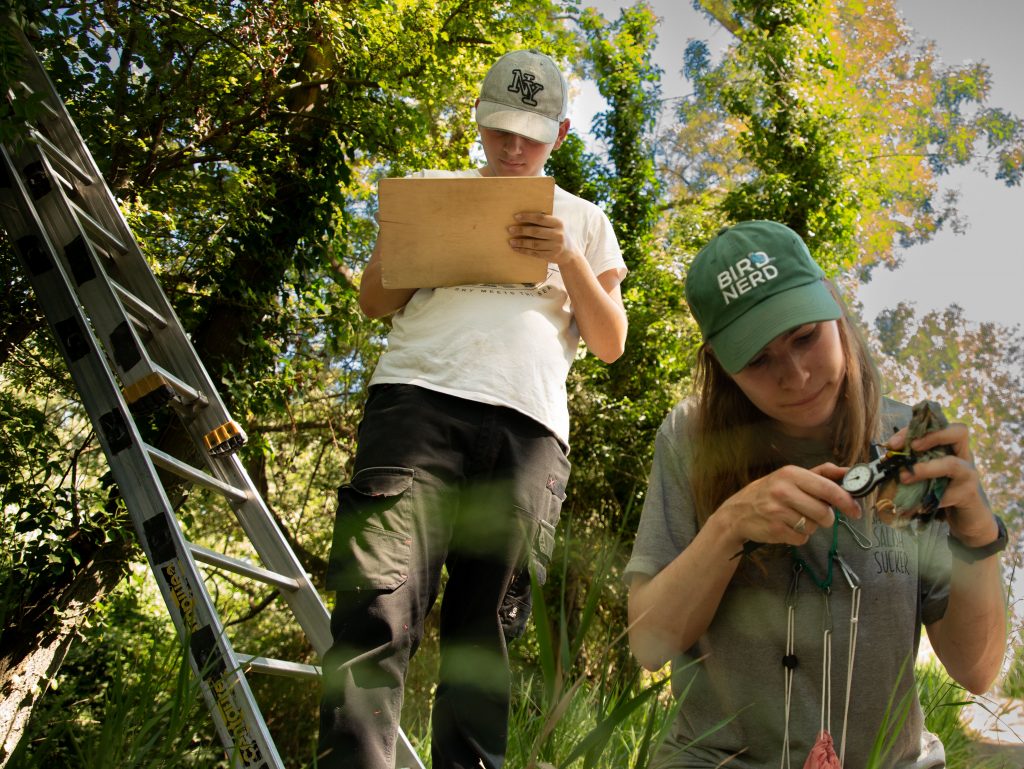
A Rocha researchers gather data and upload it to scientific databases, making it accessible to other researchers working with the roller. This can help scientists compare research and identify birds that have migrated to different regions of Europe to nest. Schwartz is currently working on a book on the species based on research done with A Rocha. The publication of this research helps motivate conservationist volunteers.
“I’m grateful to have the opportunity to participate in the analysis, the writing up, and helping with being published,” said Walker, who graduated with a master’s in biology from the University of Manchester.
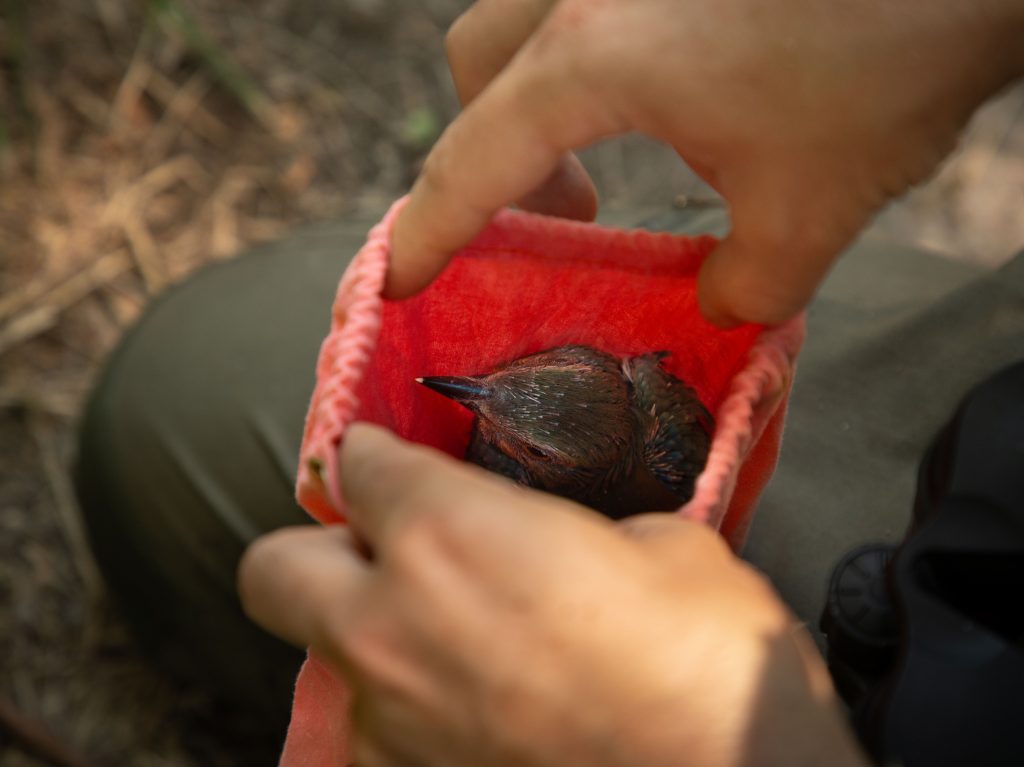
A Rocha is unusual in the research world because it combines Christianity and environmental conservationism. Though the volunteers are not all Christian, many find hope within their faith.
Walker said that the environmental sector “can be a pretty pessimistic place. There’s not a lot of hope if you look at the data and the stats.” However, by combining her conservation work with her Christian faith, she feels a sense of purpose.
“I’m not going to save the world,” Walker said. “I don’t need to save the world, but it’s still important what I do and I’m not doing it for myself. I’m doing it to glorify God and to look after his creation.”
